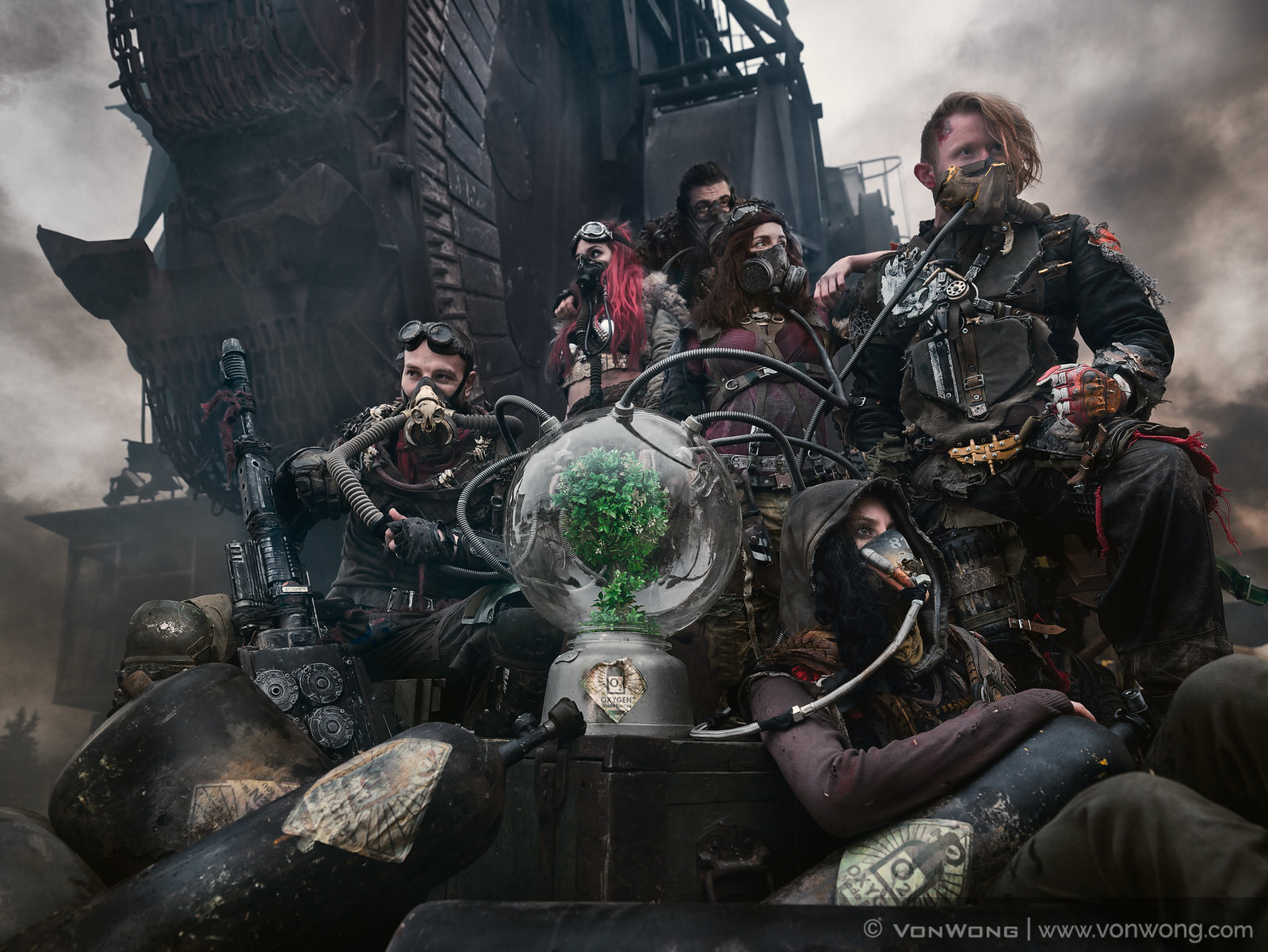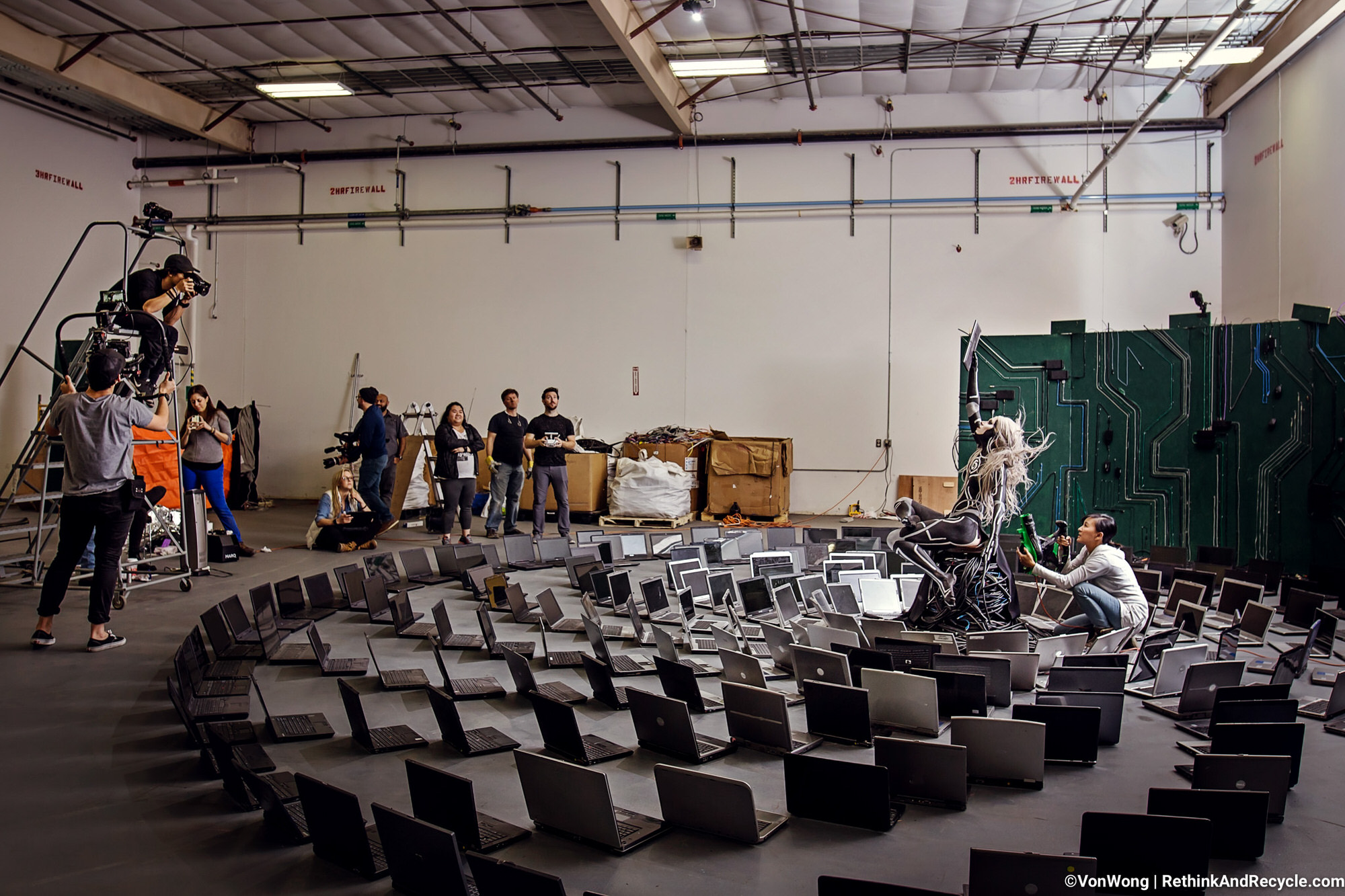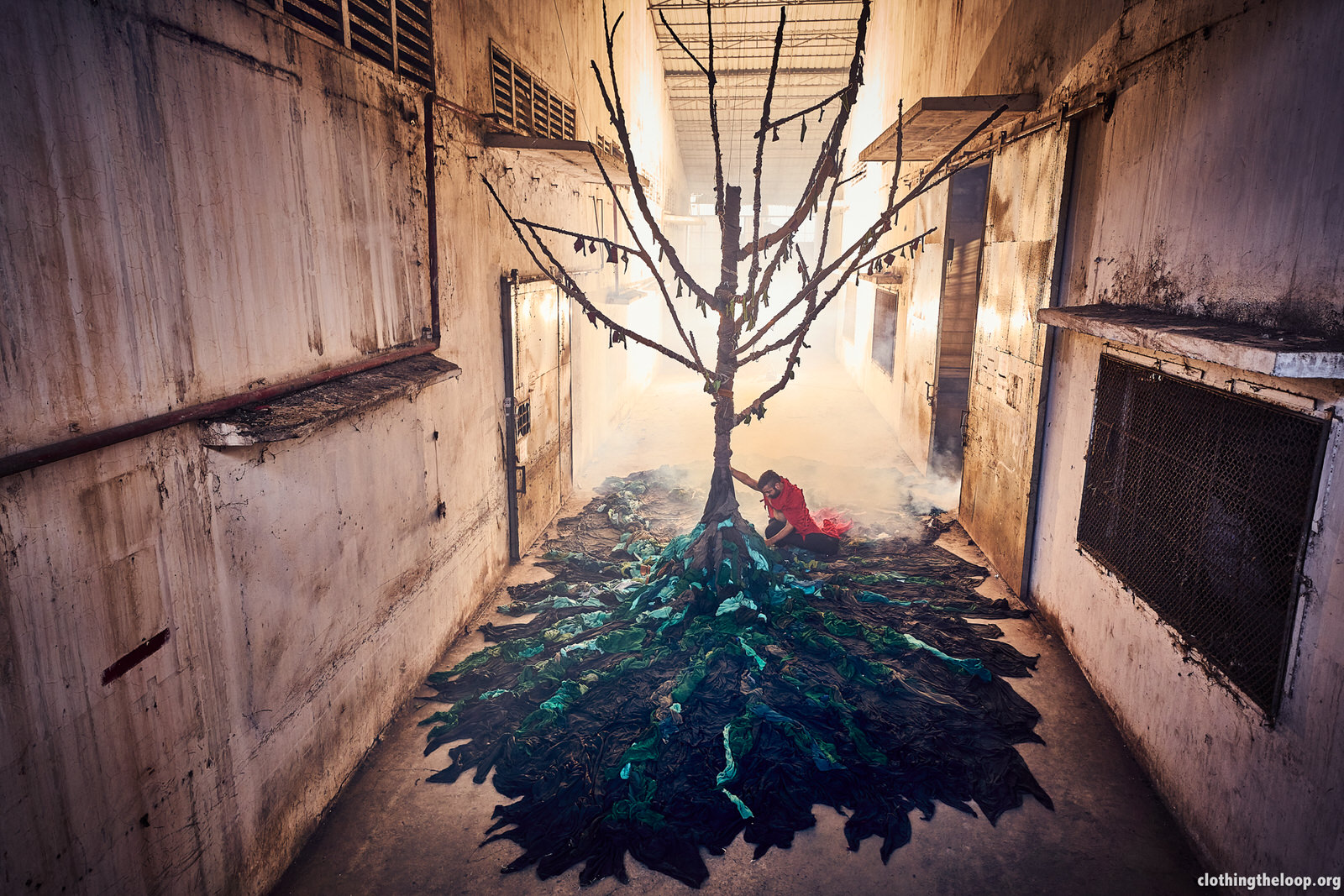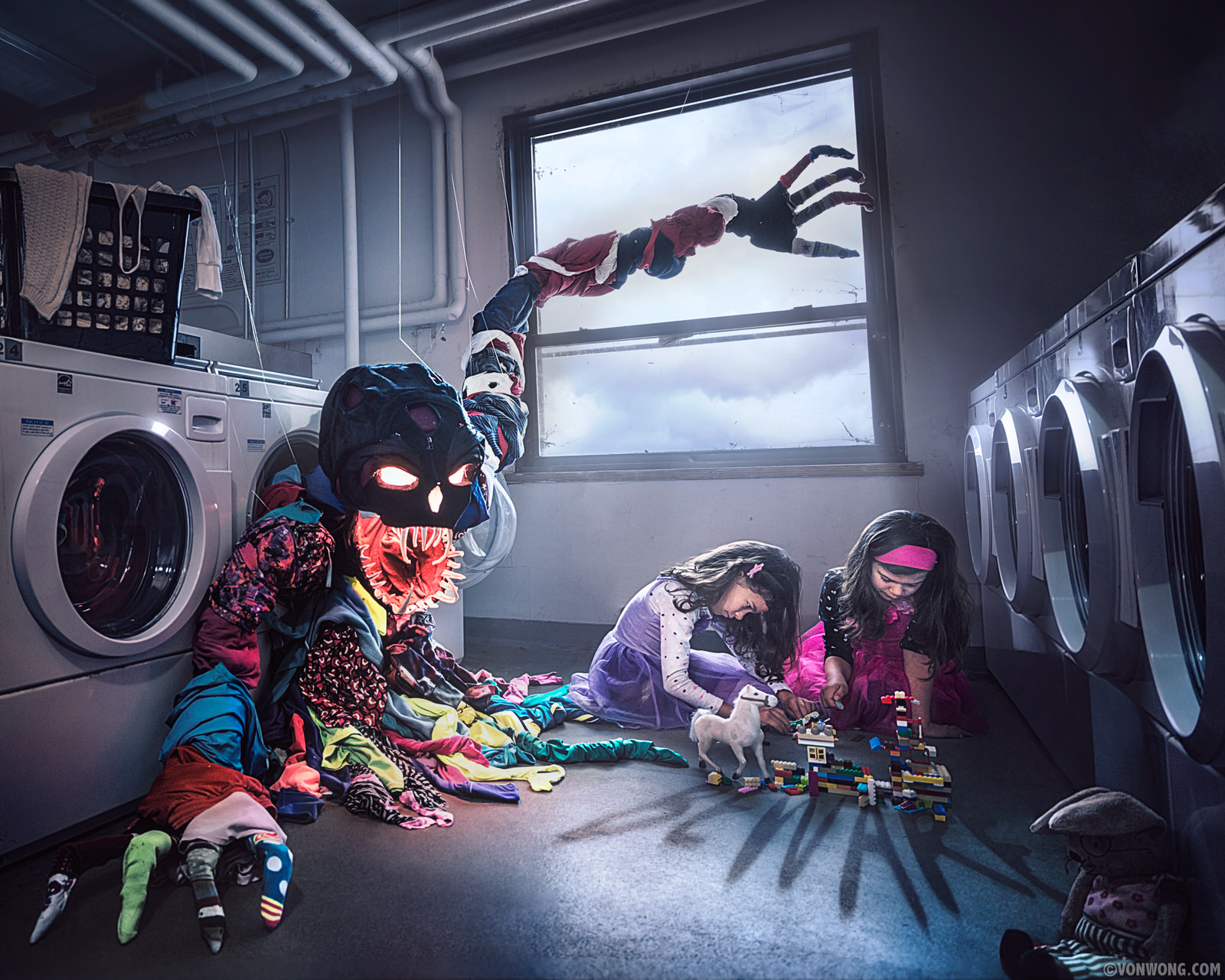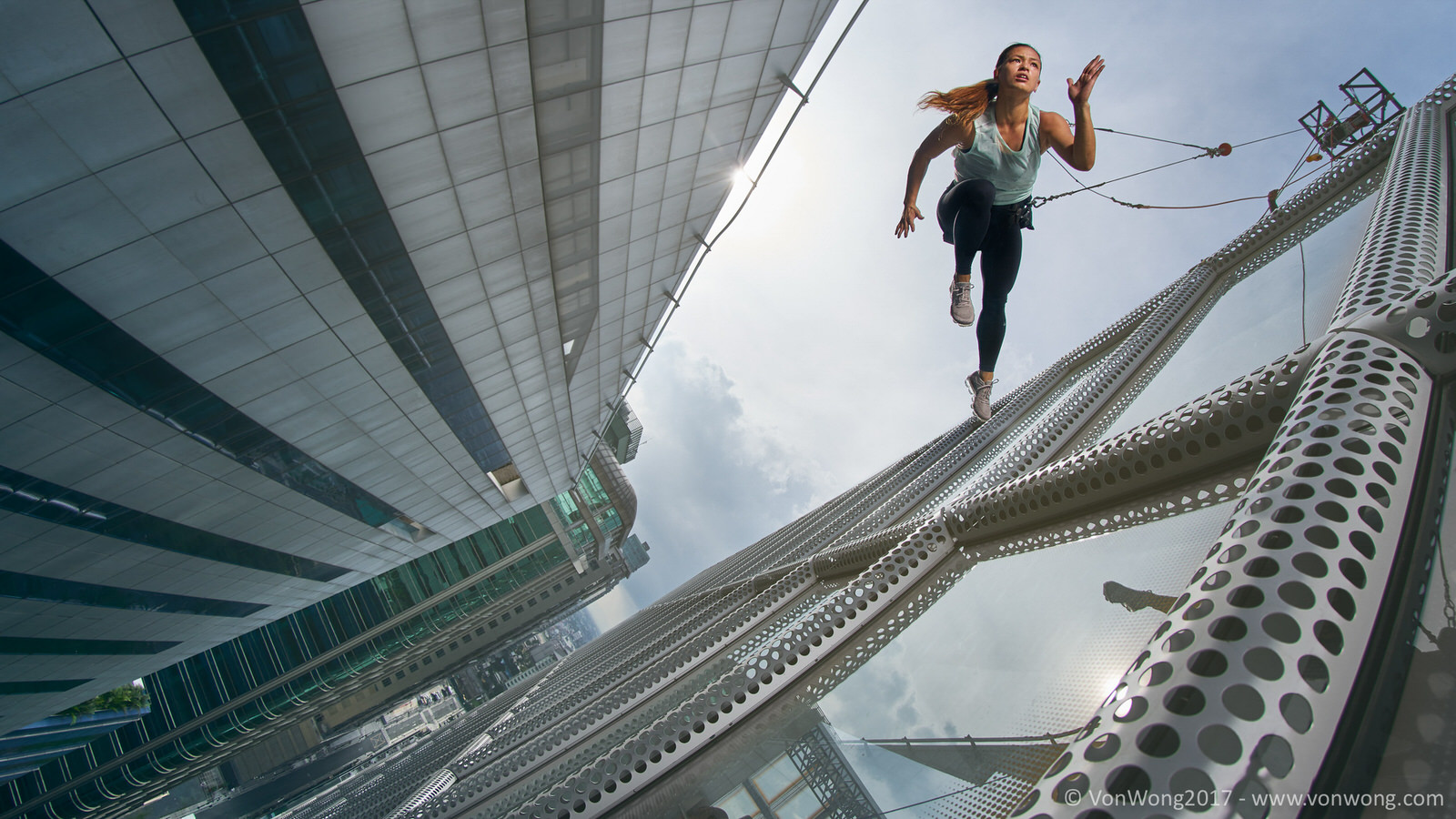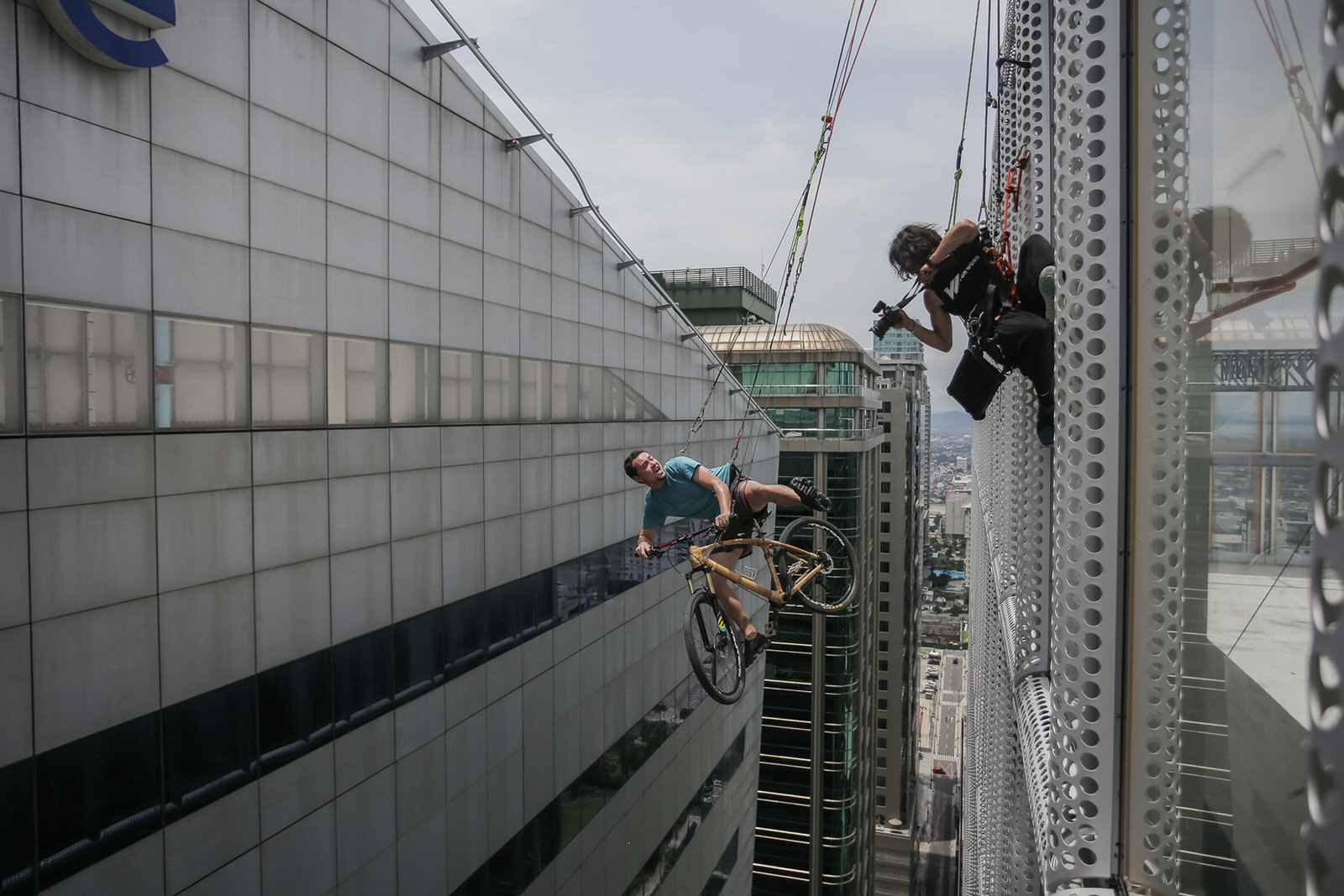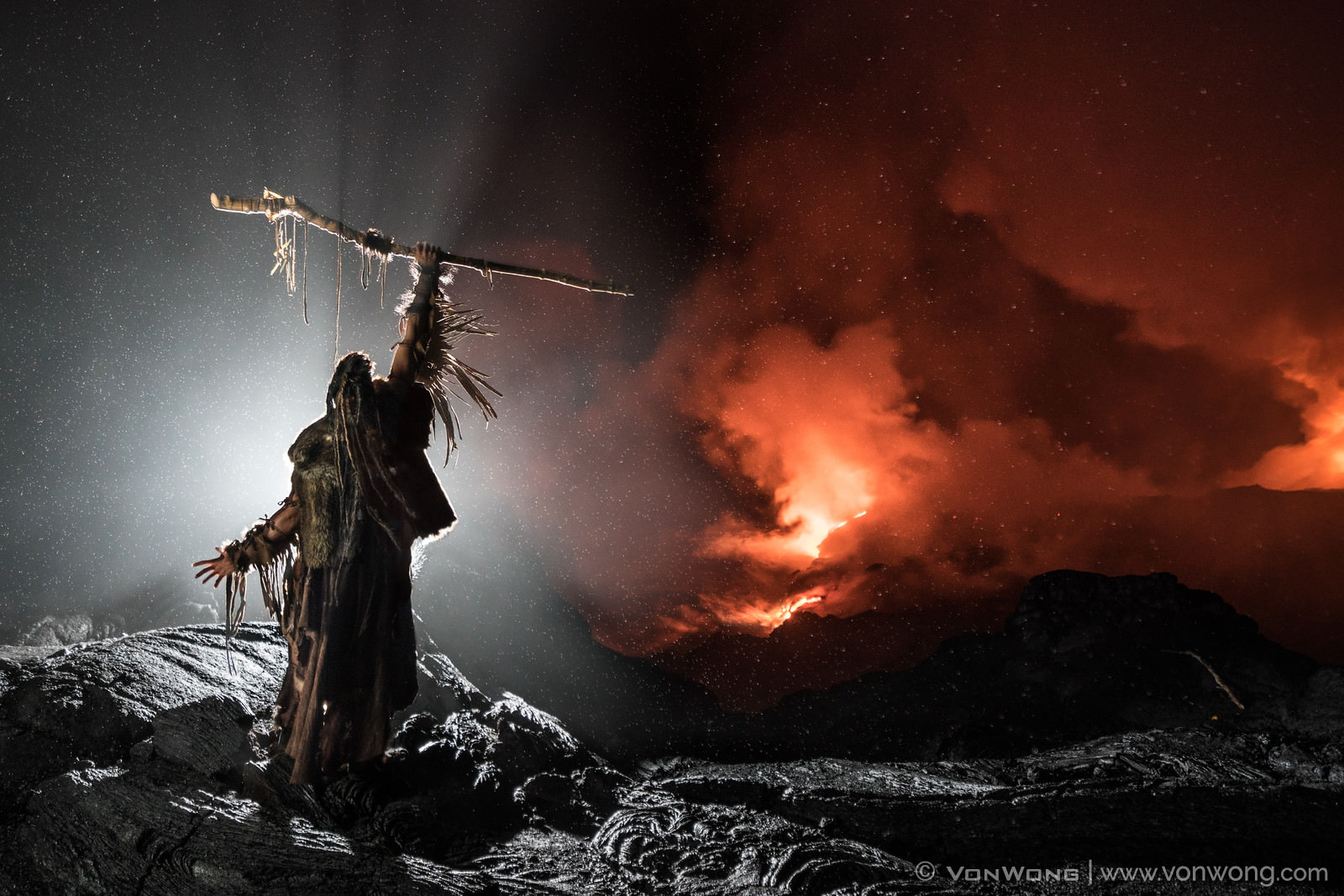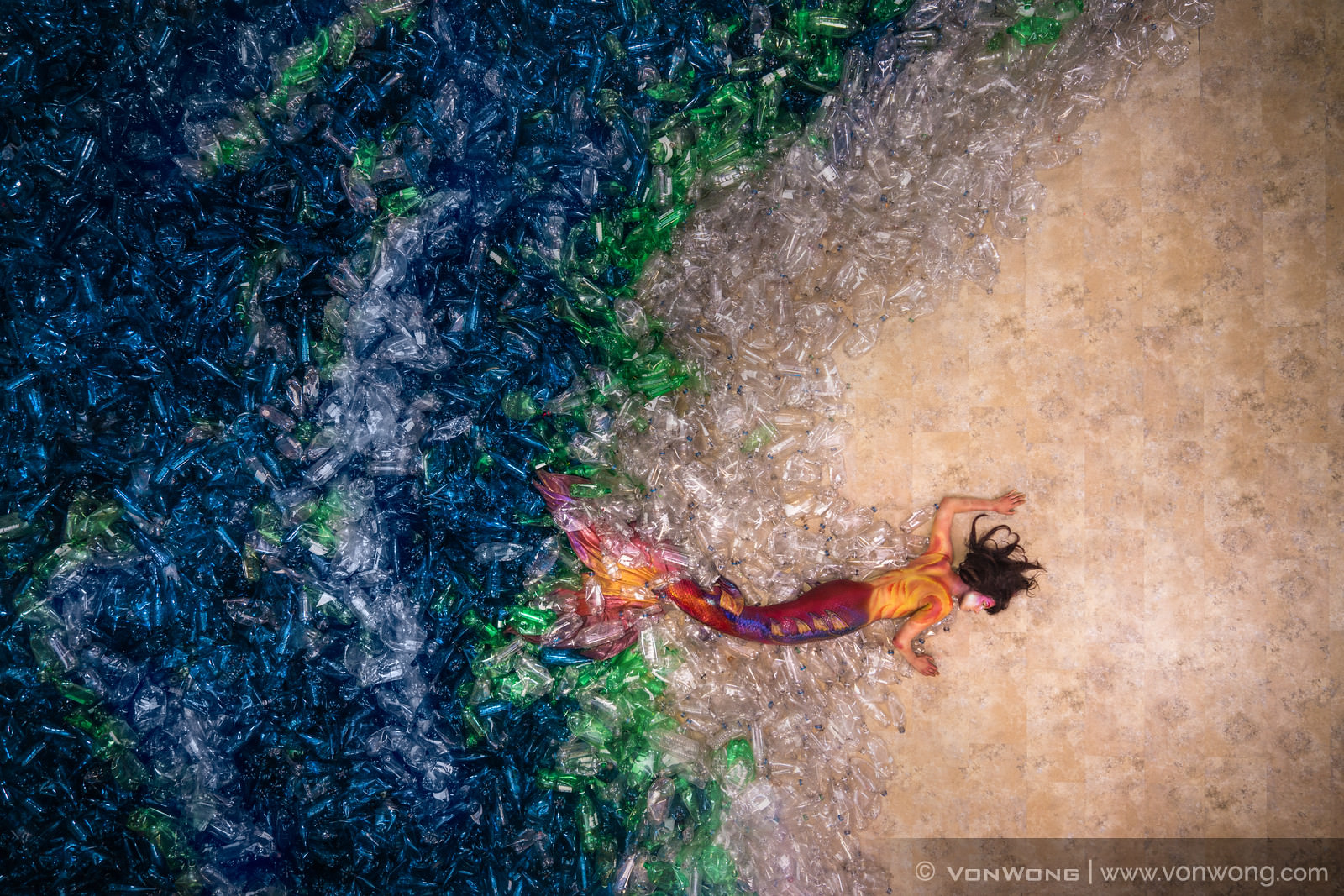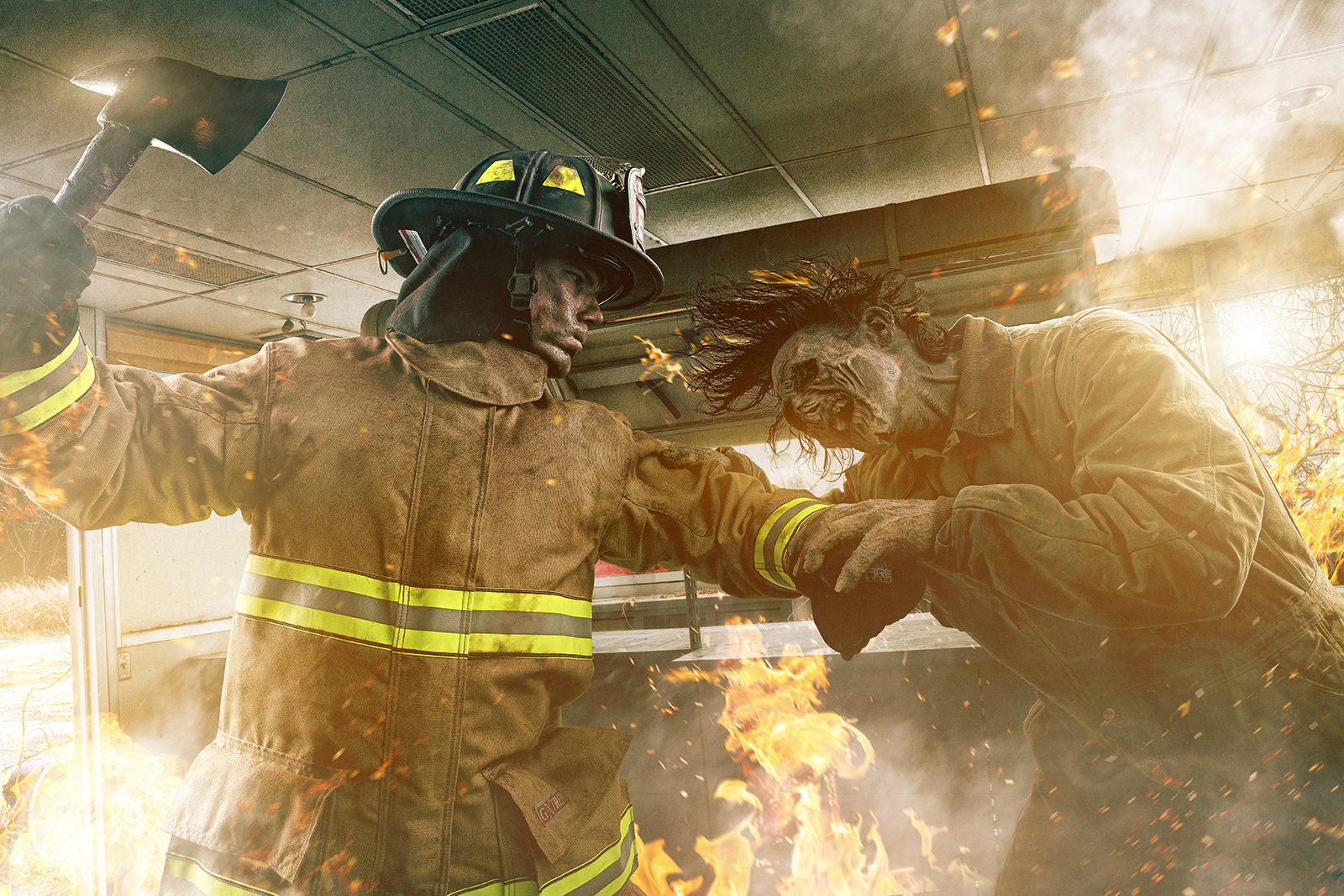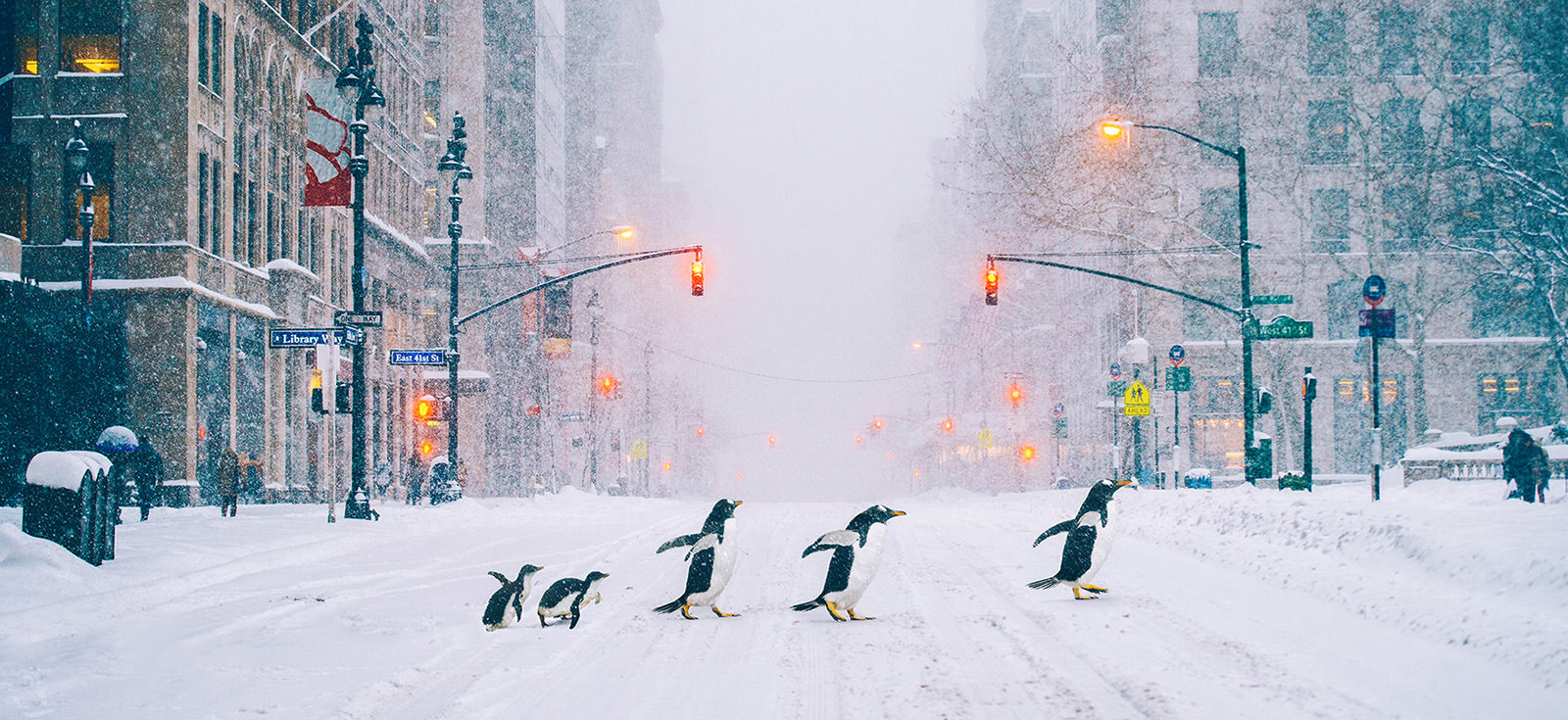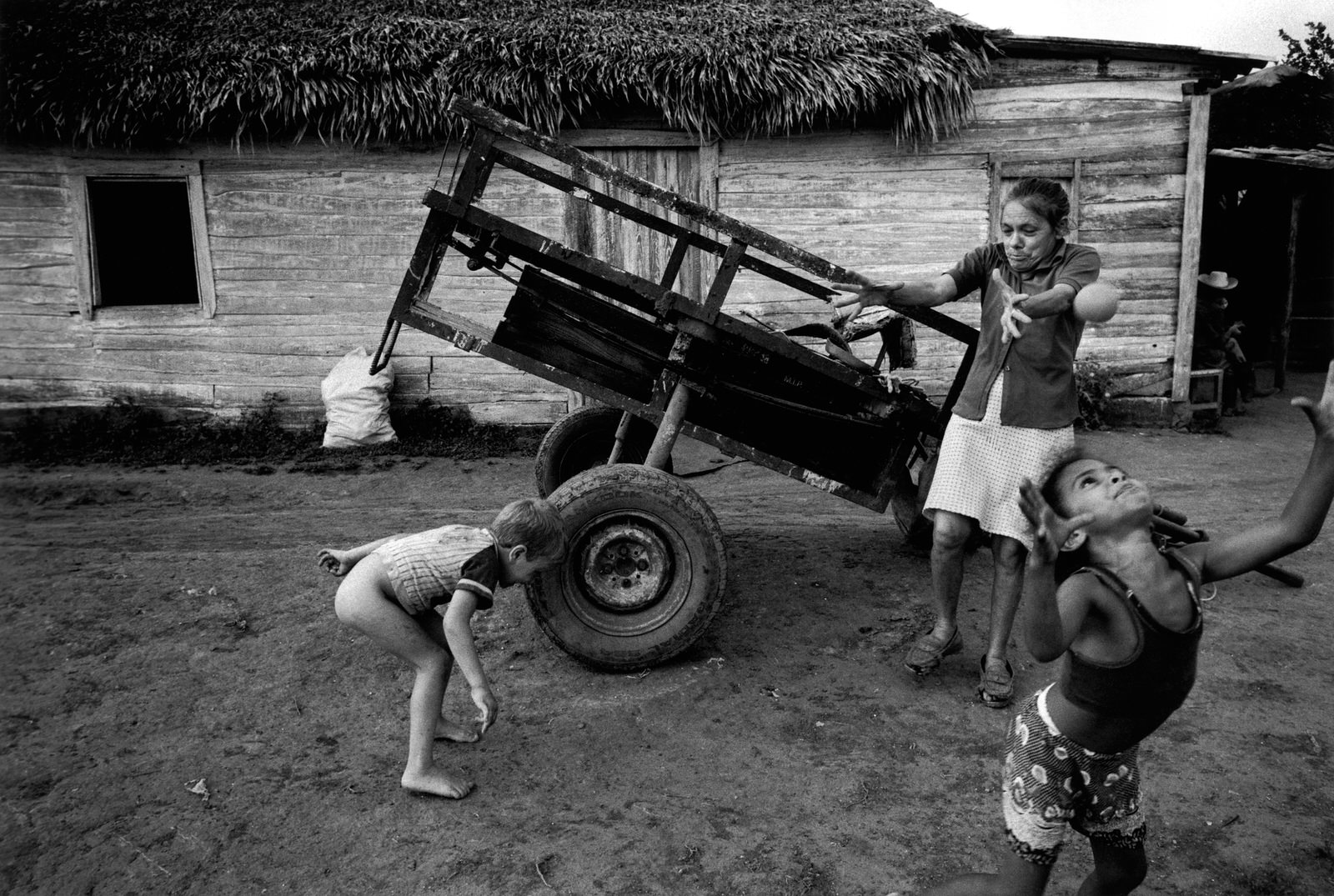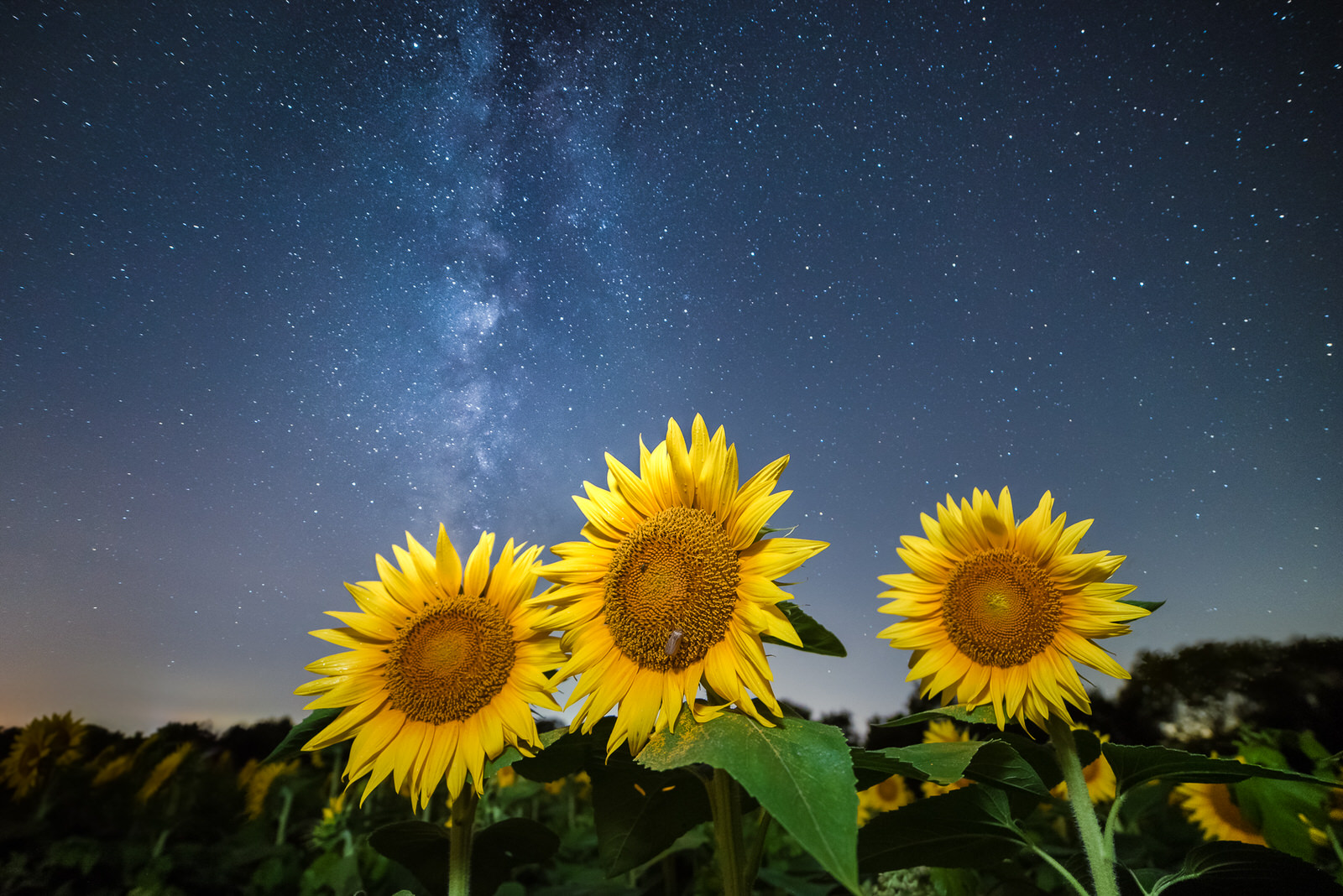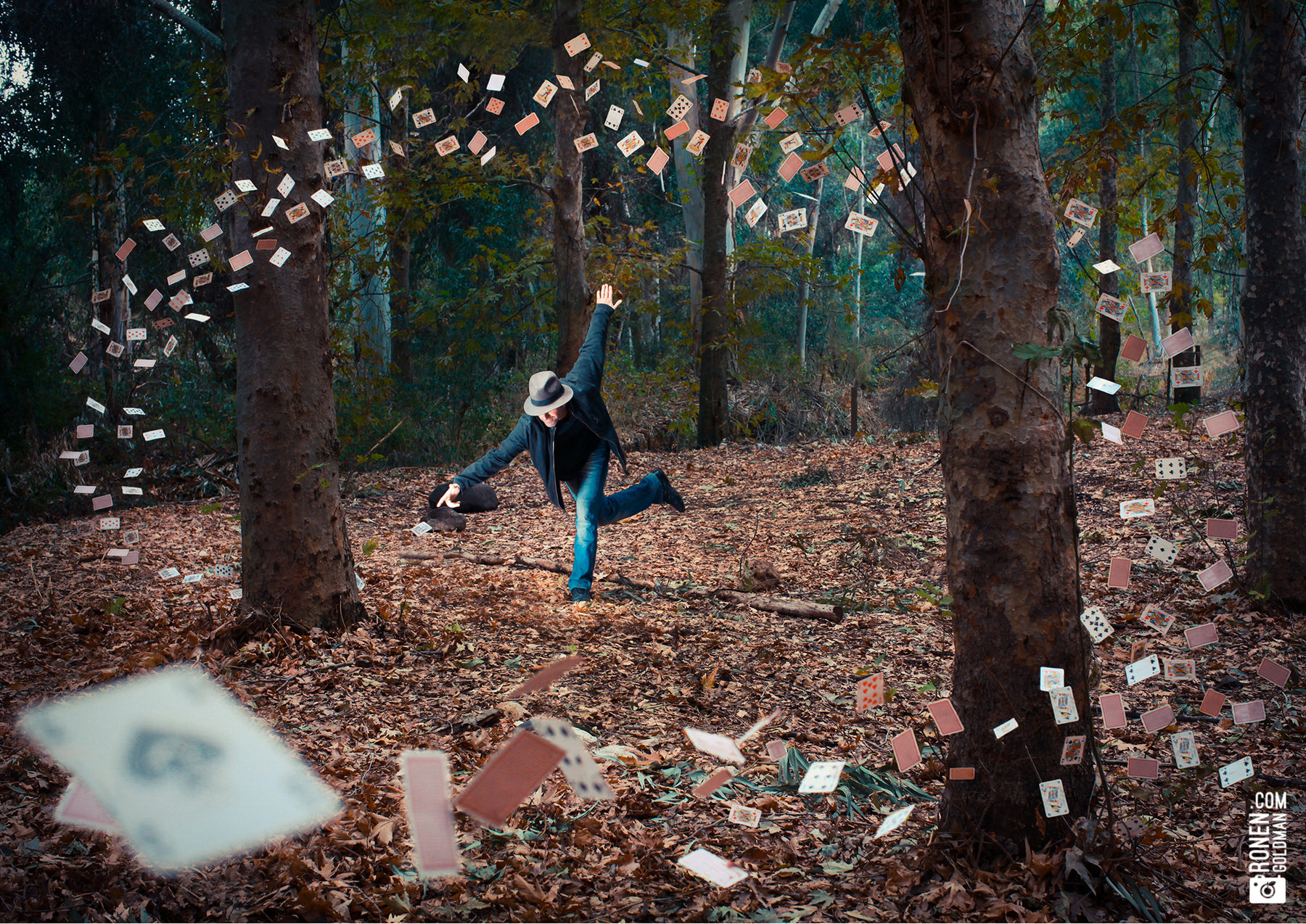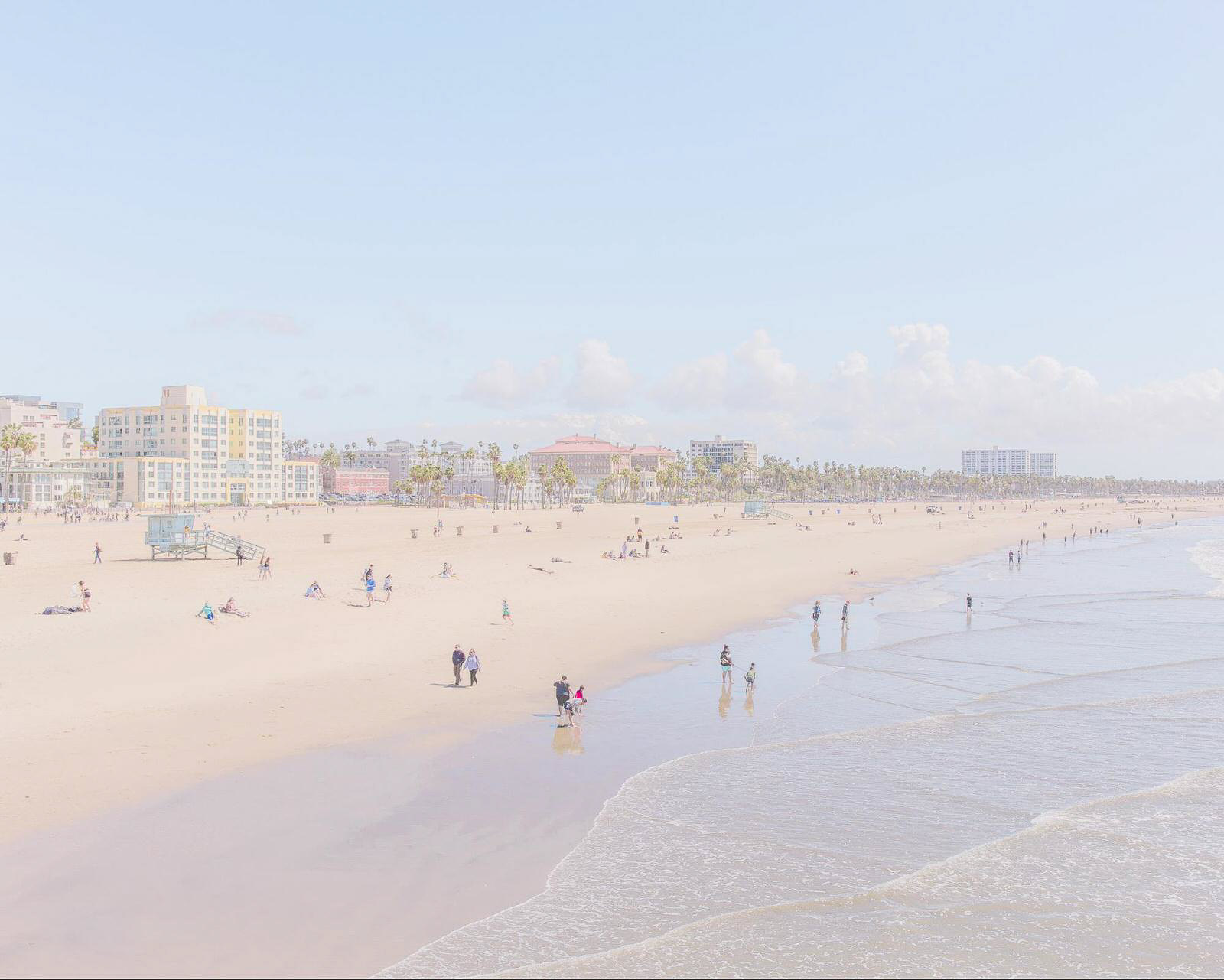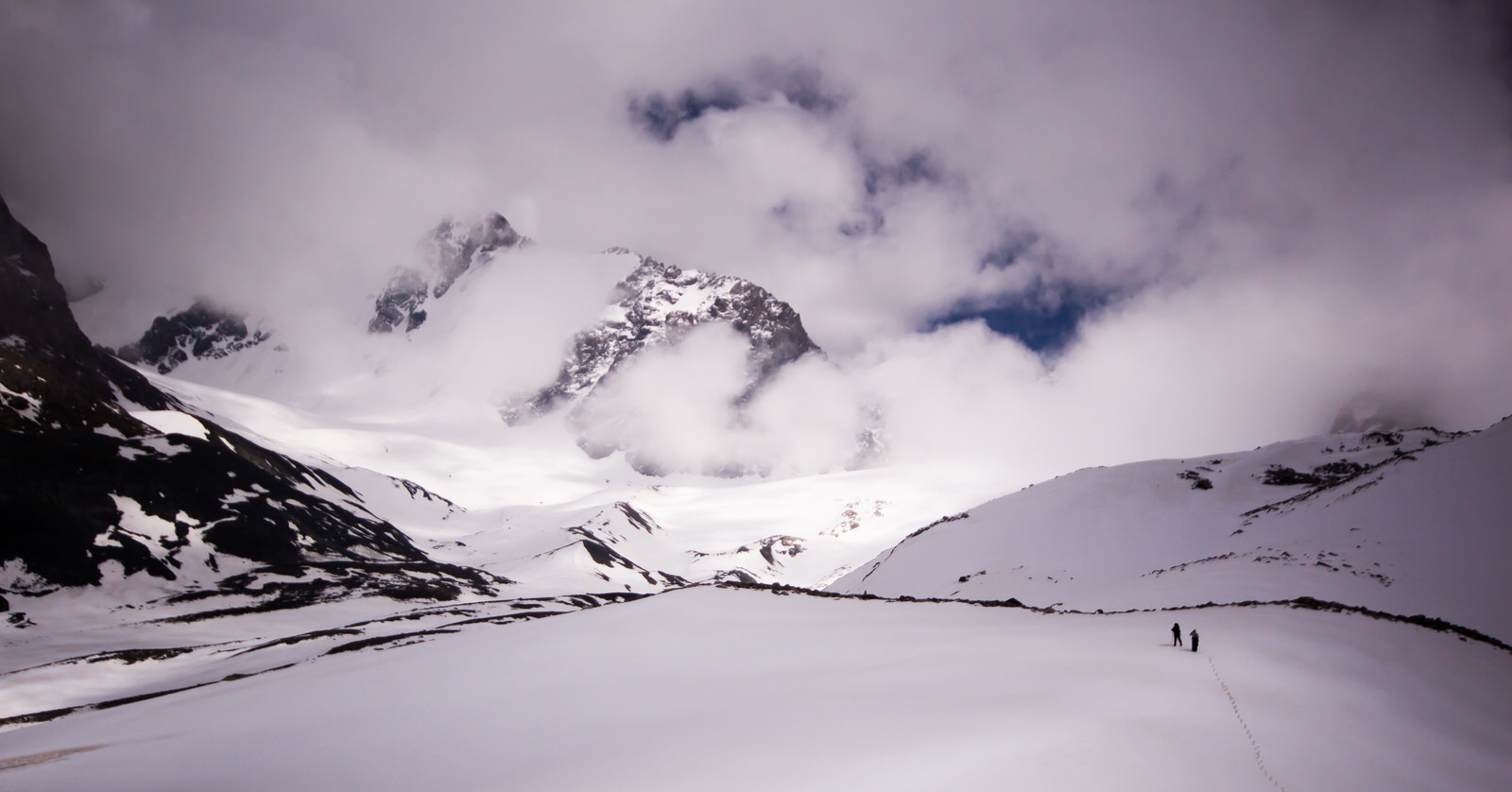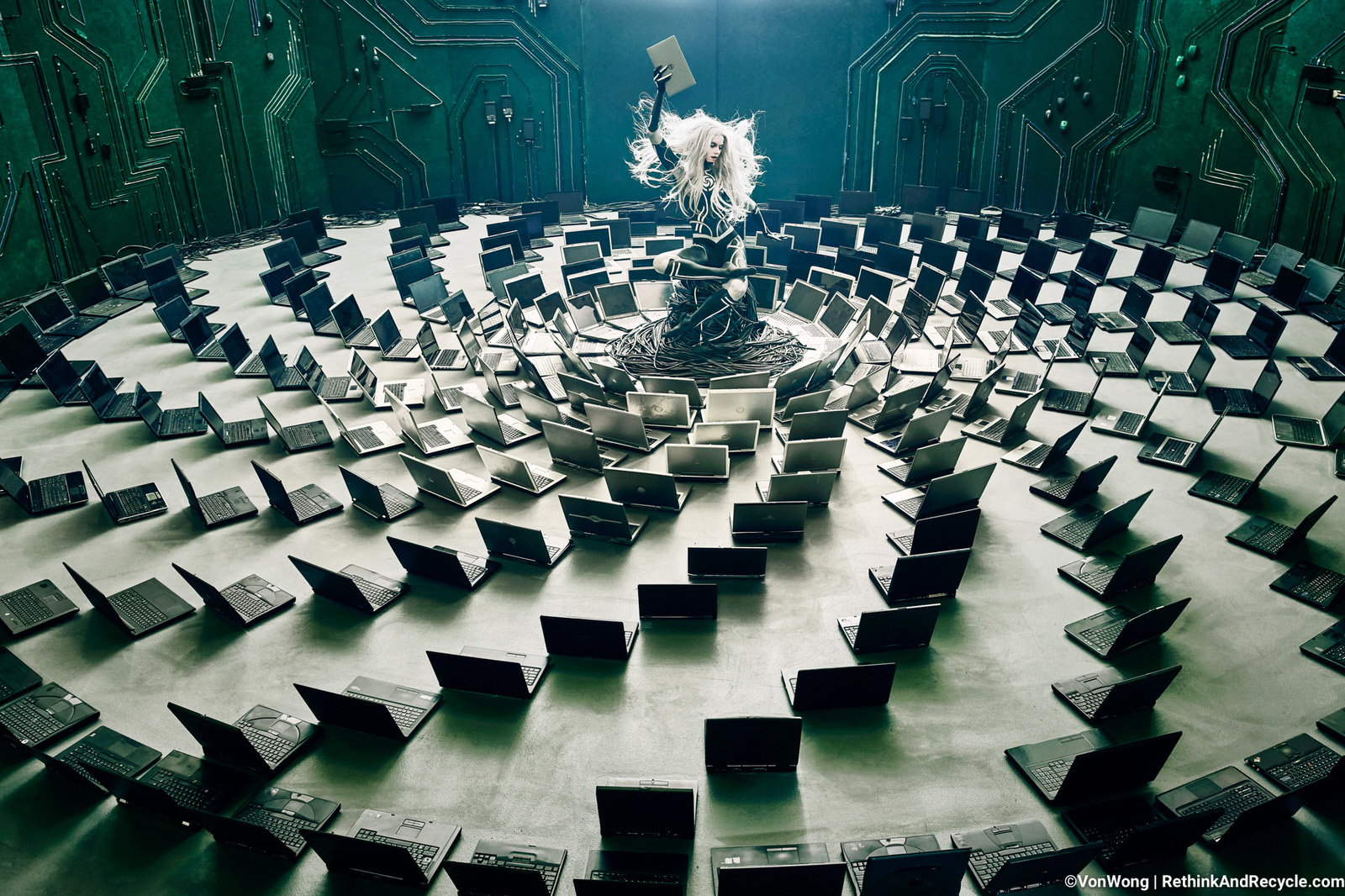
Ben Von Wong Creates Powerful Images to Help the Environment
Master photographer Benjamin Von Wong has a knack for telling important stories through art and spreading the message to the masses. Capturing rousing images of some of the world’s biggest issues, Ben’s conceptual photography aims to raise awareness and effect positive social change. His latest projects address widespread problems like plastics in the oceans and electronic waste.
I recently had the pleasure of talking to Ben about how he’s making a positive impact and what it all really means.
How did you get started? And when did you begin to consider yourself a photographer and an artist?
I bought my first camera in November of 2007. I started taking pictures of everything. I think things got interesting when I got my first paid job six months later. It was just an event, event photography and I was like, “Oh, hey, I can get paid to have fun.” So I think that’s where things started. I think I started making a website and all that stuff by that point. So I guess that’s when I started considering it as an opportunity to earn revenue in something I enjoyed. And as far as becoming an artist, I don’t know. I think maybe I’ve just very recently started considering myself as an artist; I always struggled with the term because I’ve never wanted to be an artist.
I think recently, I’ve found it to be pretty cool. There’s something really interesting about the idea that someone can make a living off of creating something that has no value except the value people associate to it. I don’t know. I’m still grasping with this idea of being an artist.
Before this, you were in mining, engineering, right? Where did your artistic passion come from then?
I don’t think I ever had an artistic passion per se. I’m not driven by the desire to create for the sake of creating. I generally create for a purpose. There’s always a reason for it. So back when I was doing events, it was great because I could get paid to go to places I would never get access to. I could go backstage. I could meet cool people. It was very much an opportunity to do things in a different way. I could experience the world in a very different way and it was really cool. And on top of that, I was earning money which let me buy more toys and led to more things to create.
It was all very pragmatic. There’s just this desire to always stand out, find a way to express myself, find a way to challenge myself and do things that I had never done before, meet people that I could work with that have never worked with me prior and go visit locations and travel and have all these new opportunities. It wasn’t so much about creating for the sake of creating, it was creating with the intention of achieving or accomplishing something unique and different.
Then, I think I slowly shifted into this idea of creating work with strong behind the scenes in order to inspire people; there was this huge component of giving back. That was what I built my entire social presence on, this idea that I want to convince others that they can also pursue their passion, that they can do whatever they want to do. They can be whoever they want to be. There’s a lot of purposeful, driven soul behind it.
As that went on, it started not being enough and I turned towards social impact, so once again, it’s art with a purpose. Always art with a purpose. It isn’t creativity for the sake of creativity. Even when it was just something really cool for the sake of being cool, it was marketing. It was about building a career. It was about getting visibility.

Ben teamed up with Dell to raise awareness about the growing global electronic waste problem. They were given 4100 lbs of e-waste for this photo shoot.
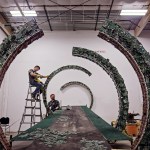
Dell has the world’s largest global recycling program, offering free e-waste recycling in almost 80 different countries.
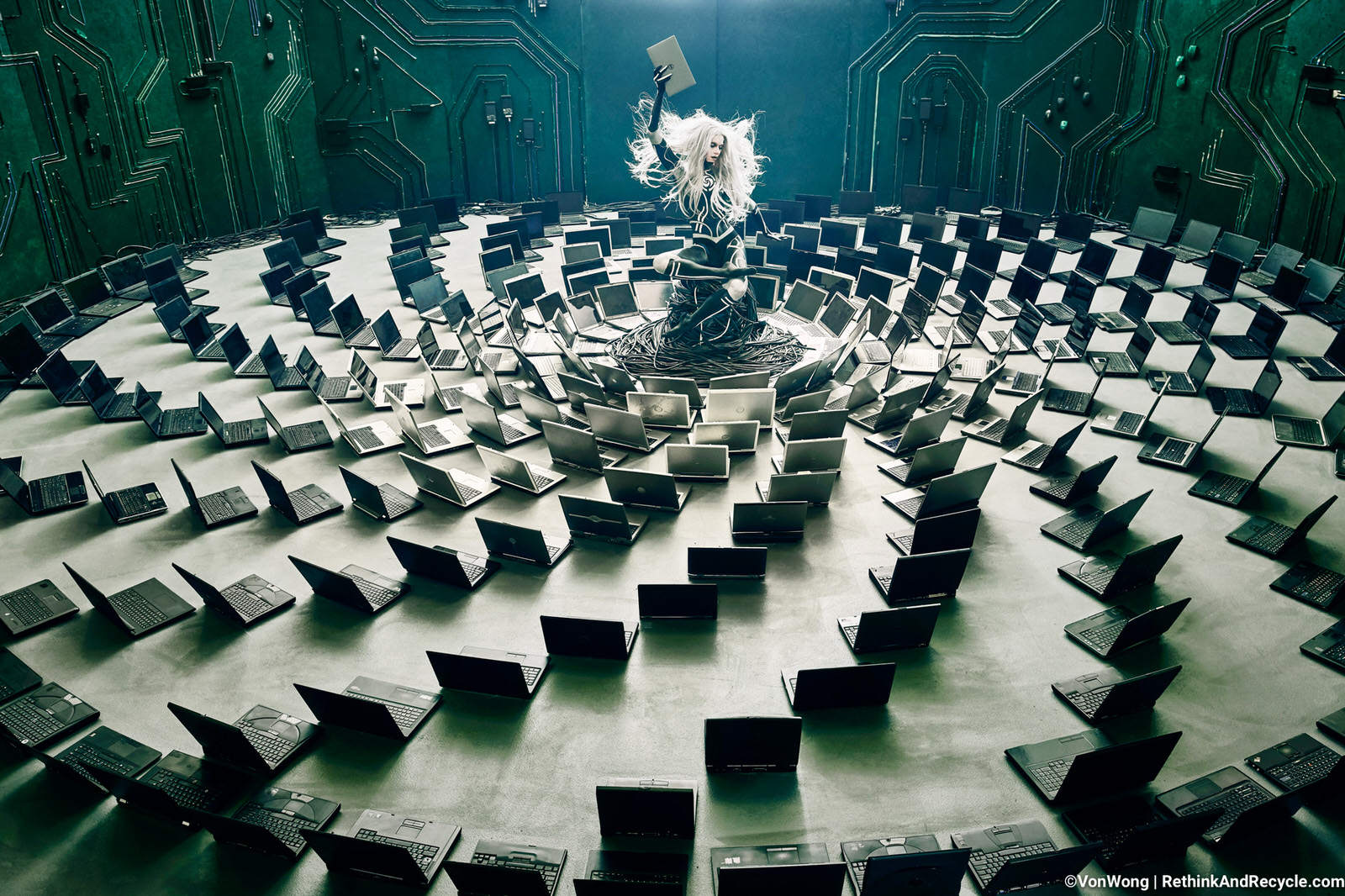
To get the message out there, Ben transformed a lifetime of electronic waste into art. Read more.
Nowadays, you’re doing a lot of work that focuses on change, spreading awareness about environmental and global issues. The shoot of the mermaids surrounded by plastic bottles and just recently, the e-waste project. What’s the major drive behind what you’re doing?
The reason I do environmental projects is simply because I want to have a positive impact on the world. That’s how I stumbled on it. I just want my work to be useful, because creation for the sake of creating doesn’t make sense and creating for the sake of making a lot of money for another company is kind of lame.
When it comes down to it, it’s a job, so I think you have to allocate purpose inside what you do. And the ironic thing is I was never really an environmentalist. I, sort of, became one after I started doing projects around it because that’s when I started learning a lot more and paying more attention to all of these things and situations. I mean, the information is there. You just have to feel motivated to go on this information spree and you don’t get that unless you’re actually working actively on something. So I became more aware and more conscious and more concerned as time has gone by just by the pure mechanics of being involved in this space.
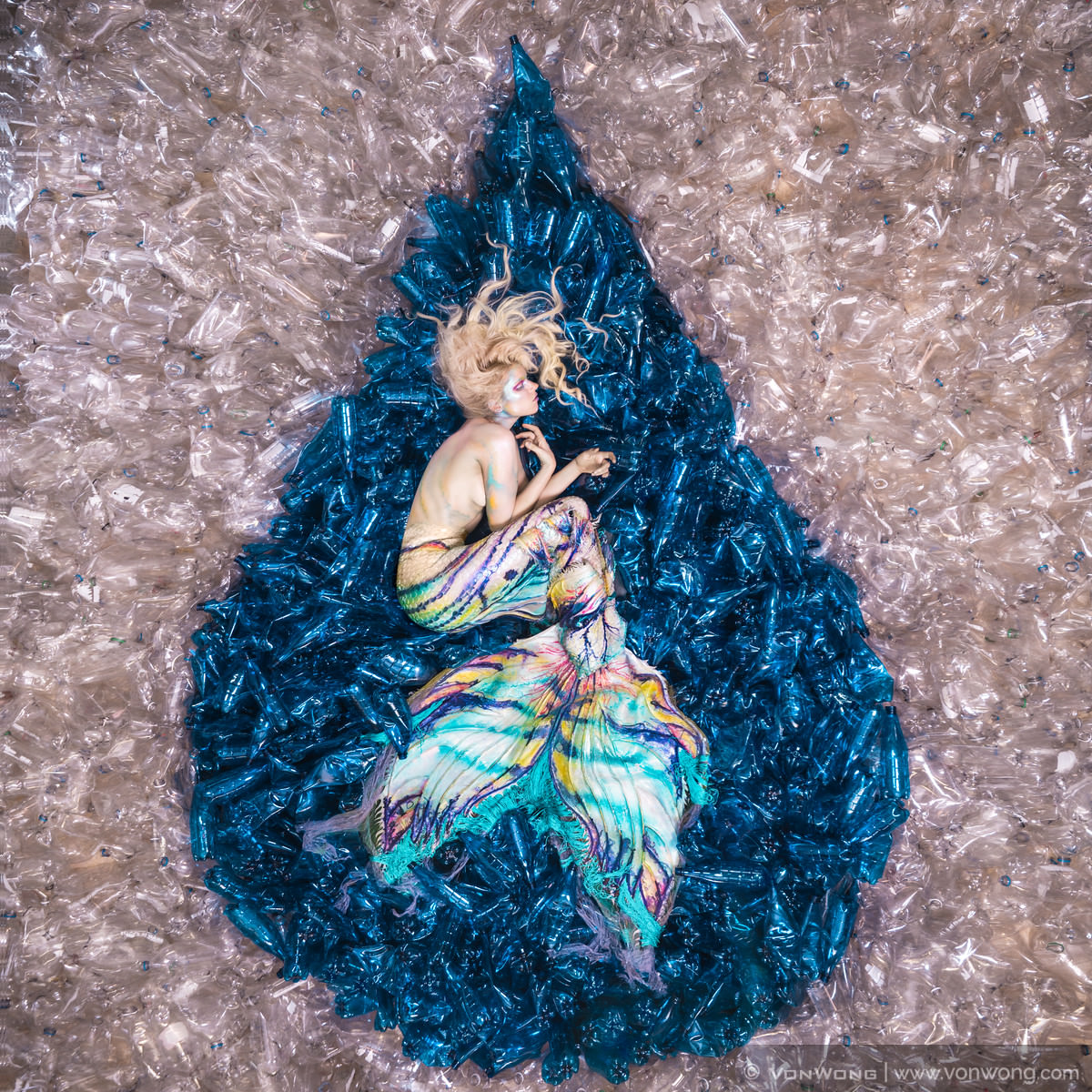
Did you come up with the concepts or did other people approach you with them?
With the mermaid project, my mom found a mermaid tail designer when she was looking for someone who would fix my sister’s wedding dress. I was like, “Oh, hey, a mermaid tail. I really want to do something cool with that, but I want it to have purpose. What kind of connection can I find between mermaids and the world?” I thought of plastics in the ocean and then started a quest to hunt for 10,000 plastic bottles. One of my friends wanted to help produce it and so he called a waste management facility who said, “Okay, sure. How many bottles do you want? We can give you as many as you need.”
So we got 10,000 and I had to find a place to store it, so I started hunting for a warehouse. Found a warehouse and then started hunting for models, a makeup artist and team. Just built it up that way.
The Dell electronic waste project was sort of the same thing. I met Dell at South by Southwest and they saw my work. They were like, “Oh, cool. We should do something together. Do you think you can do something similar with electronic waste?” And I was like, “Oh, what kind of e-waste do you have available? What’s your program like?” Then you just ask a ton of questions and develop something through that conversation and try to solve their problem. I’m basically trying to solve a communication problem. How do you connect with an audience who probably doesn’t care so much about the great work that you’re doing? How can you make them more aware and keep them interested on a boring topic?
Right, and now the projects come to life, you’ve spent days, weeks shooting and putting images together, what’s the next step? How are you getting the word out there and what impact do you find you’re making?
That’s the eternal question, right? You know, there’s the eternal question of, what good are views anyway? What is it actually going to change? Is awareness actually enough? But the truth is I’m a storyteller. That’s the skill set I have. Effectively, this is my strongest ability, my strength. So, I can sit here and bemoan my lack of use in the world, or I can make the best of what I have, and that’s what I try to do.
I try to tell compelling stories. Okay, 37 million views, what does that actually mean? I don’t know. Have I changed lives? Yes. I know from direct feedback. Once in a while, people will reach out to me and say that x, y, or z has changed as a result of my involvement. It could be a habit change in plastic consumption, or it could be a career change where they quit their job in order to pursue something more meaningful or make a shift in artistic direction. It’s something that can be debated – what’s considered worth it? How many lives do you have to affect for it to be worth it?
What if I affected only one life and that person ended up designing something that solves the major problem, then is it worth it? But then how do you quantify that? How much impact did you truly have? I don’t think it’s something that you can measure, unfortunately, which is something that’s always really bothered me because I like to quantify things. I like to quantify my impact. I like to quantify my importance, my mission, all these things. I sort of had to give that up because I don’t think that’s how it works.
I’ve had a number of very interesting projects, like the last impact project I did, e-waste, and I did one with clothing. When I first started doing impact work and I shifted away from creating photography tutorials that everybody was wanting, the reaction came across as a little annoyed, like people just didn’t care. They were like, “Why can’t you just take pretty photos? Why do you have to talk about all these cause things?”
That kind of followed me around for a little while. People just didn’t get it and they didn’t care. They were like, “Well, you’re a photographer. You should stick to photography instead of being preachy about the environment,” and so forth. But then in the last two projects, the feedback has shifted. I don’t know if I reached a critical momentum where I finally managed to gain enough followers or supporters that truly started to value the work that I was bringing in somehow. Now, the reaction has started to be a little bit more along the lines of, “Oh, man, when I grow up, I want to be someone who creates meaningful work.” And I think that was just something that was really cool because I never had that in the past.
I don’t think what you’re doing is preachy because, like you said, you’re a storyteller and what you’re doing is telling a story. And that story should resonate with a lot of people, I think that’s what it’s about. I mean, the e-waste one really opened my eyes.
Do you think it was worth it then? See, it’s a hard question. Would that money have been spent better actually just recycling e-waste? Maybe, maybe not. I don’t know. It’s really hard.
It is. These are huge, important issues. But you’re not just doing social impact work, right? You do a lot of really fun, fantasy-like photography, like the superheroes on skyscrapers and the Nike challenge, the walking on air challenge.
Yeah. But I haven’t done any fun things for the last two and a half years. They’ve all been impact projects. Even the Nike one, we used social entrepreneurs, we didn’t just use models.
How did you possibly convince people to do this? Because the thought of going up on a skyscraper, first of all, is terrifying to me.
It’s very easy to find people. The question was, “Hey, we’re doing a campaign with Nike and we want to hang some social entrepreneurs off a skyscraper. Are you interested?” And they said, “That sounds terrifying, but I’m game.” So I didn’t really have to do much convincing. All I had to do was walk them through the actual mechanics of it and get them looking comfortable and all this other stuff. It was a little bit more directorial, but there was no convincing involved. They were willing participants in this project. I didn’t drag them kicking and screaming and hang them off!
Do you not have a fear of heights?
I love heights.
How do you bring your ideas to life? Do you have any particular habits that are part of how you begin your creative process?
Yeah, it isn’t really a creative process as much as a problem-solving one. I mean, what I want and how to get there are two very different things. I can want whatever I want, but there’s no way I’m going to get there unless I gain enough pieces of the puzzle. You get there by solving things one step at a time. There’s no other way.
Do you ever find that you’ve hit a creative block then or is it more of a problem-solving block, I guess? What do you do?
My concepts are generally a little bit weak. If you look at all of my work, you might say, “Hey, Ben’s projects look pretty cool.” But then, you look at, let’s say, the electronic waste project. If I didn’t tell you what it was about, you probably wouldn’t understand that it was for recycling e-waste.
That’s actually the case with a lot of my work and that’s the creative process. I always get stuck there because I’m always trying to improve my concepts to make them more understandable for people. How do you get rid of the creative block? it’s simply iterating until you’re happy with it, to the best of your ability, within the time constraints that you have available. So once again, it’s a very pragmatic, right-brained approach. It’s, “I want to spread this message in a cool way, a positive way, because the client needs it to be positive.” Those are the constraints, and you just have to operate within those constraints. There’s no secret path to creativity for me. You just keep banging at it, keep hammering at it until it works.
The thing is, my definition of failure is very different from the average person’s definition of failure and I think that’s where the problems come into play. I did a photo shoot on lava a while back. I was trying to raise awareness around climate change. The concept was that the indigenous people have been talking about this climate change problem for the longest time and everyone’s just ignoring them. So, I wanted to stick a shaman next to lava as a metaphor for climate change and the concept was so weak that no one understood what I was talking about.
So I think the photos were cool, but the concept was weak. We tried for two days to get the shots, and one day there wasn’t even any lava to be found, so it failed. Well, sort of failed. I mean I ended up with cool photos, but it didn’t accomplish what I set out to do, so that would be considered a failure for me.
Do you have a favorite photo you’ve taken?
Probably be the mermaid photos, any one of those. I just think that’s the one time so far that I’ve truly nailed the intersection of impact and fantasy all in one shot, that requires no words to explain.
Are there any artists or photographers that inspired you or that have influenced your work in any way?
I don’t tend to spend a lot of time looking at what other people do. I spend a lot more time just focusing on creating work that I think is meaningful.
Also, if you look at my photography, I don’t really know anyone else that does what I do. That’s the thing, if you constantly look up to people, or have an inspiration, or try to be somebody else, then at the end of the day, you’re never going to get the chance to really be you and do something really different.
Do you have a favorite quote or mantra that always gets you fired up?
This is just the one that comes to mind now, but I think you’ll enjoy it. “The definition of success is to suck less.” I don’t know who the quote belongs to, but I heard it at a seminar called “Mystic Seminars” at a talk by the wedding photographer Fer Juaristi. It just stuck with me.
Do you have a book that you would recommend to any creative person, a must-read?
I’m in marketing, so Contagious. It’s about the science of what makes things spread, I guess.
You’re off to Greece for another project, can you give us a sneak peek of what you’re working on there?
Yeah, I’m going to put four tons of plastic into the ocean. And I’m going to hang a girl from a cliff and she’s going to be pulling out plastic as she’s hanging from this cliff – if everything goes according to plan. I’m collaborating with Greenpeace on this one. We’re going to try and convince corporations that they need to stop producing plastic because, really, there’s only so much you can recycle, practically speaking. And there’s way too much plastic being produced that actually can’t solve the problem by just recycling. It’s not enough.
There’s a lot involved in this shoot, from renting a boat, to going to a cave, to tying the plastics together, to rolling them out, to… I mean, you name it. Everything about it is complicated and I have one week to do it, so we’ll see what happens. Ready or not, the plane ticket is coming! This is kind of how these projects work. They’re pretty exotic in that way.
You can keep up with Ben’s work and follow his latest projects on his Instagram and Facebook pages. Also, be sure to check out his website to see awesome behind-the-scenes photos, videos and posts of all his projects.
